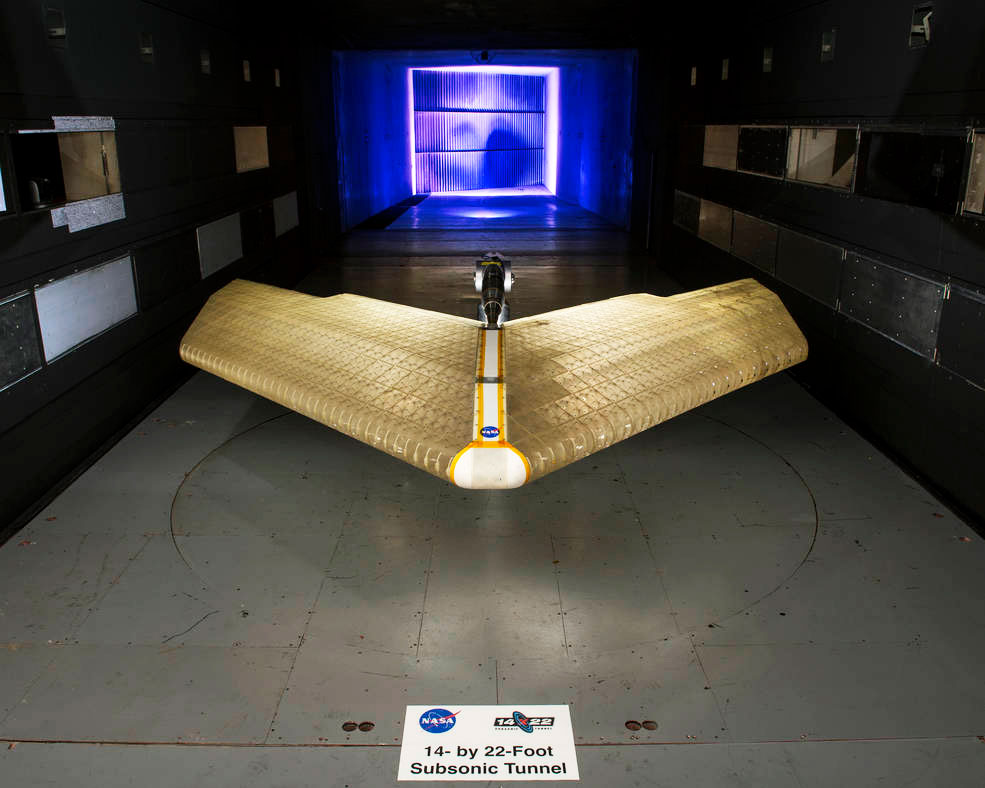A lightweight wing can bend like a bird’s

A team of engineers at MIT and elsewhere has built and tested a radically new kind of airplane wing, assembled from hundreds of tiny identical pieces. The wing, which can change shape during a plane’s flight, could significantly boost the efficiency of aircraft production, flight, and maintenance as well as affording greater flexibility in the design and manufacturing of future aircraft.
Instead of using separate movable surfaces such as ailerons to control the roll and pitch of the plane, as conventional wings do, the new assembly system makes it possible to deform the whole wing, or parts of it, thanks to a mix of stiff and flexible components in its structure. The tiny subassemblies are bolted together to form an open lattice framework and then covered with a thin layer of polymer similar to the one used for the framework.
The structure, comprising thousands of tiny triangles of matchstick-like struts, is easily reshaped as needed—and can even be designed to modify its shape passively as conditions change. Because it is composed mostly of empty space, it is also extremely light, adding to its energy efficiency.
The researchers, including some from MIT’s Center for Bits and Atoms and some CBA alums who now work for NASA, say the deformable wing can be modified to optimal shapes for each phase of a flight—takeoff and landing, cruising, maneuvering, and so on.
The team’s test wing, about five meters long, was hand-assembled by graduate students, but the repetitive process is designed so it could easily be done by small, simple autonomous assembly robots.
Keep Reading
Most Popular
Large language models can do jaw-dropping things. But nobody knows exactly why.
And that's a problem. Figuring it out is one of the biggest scientific puzzles of our time and a crucial step towards controlling more powerful future models.
The problem with plug-in hybrids? Their drivers.
Plug-in hybrids are often sold as a transition to EVs, but new data from Europe shows we’re still underestimating the emissions they produce.
How scientists traced a mysterious covid case back to six toilets
When wastewater surveillance turns into a hunt for a single infected individual, the ethics get tricky.
Google DeepMind’s new generative model makes Super Mario–like games from scratch
Genie learns how to control games by watching hours and hours of video. It could help train next-gen robots too.
Stay connected
Get the latest updates from
MIT Technology Review
Discover special offers, top stories, upcoming events, and more.